Unlocking the next generation of revolutionary design, technological breakthroughs, and immersive entertainment experiences, the NVIDIA RTX ™ A6000 delivers the world's most powerful visual computing GPU for desktop workstations. Its cutting-edge performance and features allow you to work at breakneck speeds, meeting the demands of today and meeting the fast, computationally intensive challenges of tomorrow.
| GPU capabilities | NVIDIA RTX ™ A6000 |
|---|---|
| GPU memory | 48 GB GDDR6 with Error Correction Code (ECC) |
| Display port | 4 DisplayPort 1.4a* |
| Maximum power consumption | 300 W |
| Graphics card bus | 16 PCI Express Gen 4 |
| size | 4.4" (H) x 10.5" (L), dual-slot |
| heat dissipation | Active |
| NVLink | Bidirectional short card (2-slot to 3-slot bridge) connecting 2 RTX A6000 |
| Virtualized GPU software support | NVIDIA Virtual PC/Virtual Applications, NVIDIA RTX Virtual Workstation, NVIDIA Virtualized Compute Server |
| Virtualized GPU profile support | See the Virtualized GPU Licensing Guide |
| VR Ready | have |
Twice as fast processing for single-precision floating-point (FP32) operations and improved energy efficiency significantly boosts performance for graphics and simulation workflows on desktop computers, such as complex 3D computer-aided design (CAD) and computer-aided engineering (CAE).
The second-generation RT Cores offer up to double the throughput of the previous generation and can perform ray tracing concurrently with shading or noise reduction, significantly accelerating workloads such as photorealistic rendering of video content, architectural design evaluation, and virtual prototyping of product designs. This technology also accelerates ray-traced motion blur rendering, delivering faster results and greater visual accuracy.
The new Tensor Float 32 (TF32) precision delivers up to five times the training throughput of the previous generation, accelerating AI and data science model training without any code changes. Hardware support for structured sparsity doubles inference throughput. Tensor cores also enable various AI features for graphics operations, such as DLSS and AI noise reduction, as well as enhanced editing capabilities for specific applications.
Higher GPU-to-GPU interconnect bandwidth enables a single scalable memory to accelerate both graphics and compute workloads, enabling the processing of larger data sets.
Ultra-fast GDDR6 memory, expandable up to 96GB and paired with NVLink , provides data scientists, engineers, and creative professionals with the large memory needed to crunch massive datasets and perform workloads such as data science and simulations.
NVIDIA virtualized GPU (vGPU) software support repurposes personal workstations as multiple high-performance virtual workstation instances, allowing remote users to share the resources needed for advanced design, artificial intelligence, and computing workloads.
Support for PCI Express Gen 4 provides double the bandwidth of PCIe Gen 3, improving the speed of data transfer from CPU memory for data-intensive tasks such as artificial intelligence and data science.
The RTX A6000 features a dual-slot energy-efficient design with up to twice the power efficiency of Turing GPUs and is suitable for a variety of workstations from global OEM manufacturers.
Yes, we retrofit legacy systems (e.g., GE Frame 5, Siemens V94.2) with modern digital controllers, typically completing hardware integration within 4-8 weeks. Software migration requires additional validation time.
We recommend annual performance testing under ISO 3977-2 standards. Critical applications (e.g., offshore platforms) may require semi-annual tests with emissions compliance checks.
All rad-hard devices (e.g., FPGA, ADC) are QML Class V certified under MIL-PRF-38535 and tested to MIL-STD-883 Method 1019 for SEU tolerance. Full qualification reports are available upon request.
Our ASICs and power management ICs operate across -55°C to +175°C ambient temperatures, with derating curves provided in military temperature range (MTR) datasheets.
Our PMA parts (e.g., actuators, sensors) hold FAA/EASA Form 1 certification and match OEM form/fit/function. Installation requires SB/MB documentation per FAA AC 23.1529.
All NAS/MS fasteners include full DNA traceability: melt source (AMS 2301), heat/lot numbers, and AS9100-compliant MTRs with ultrasonic test reports.
AOG orders ship within 4 hours for stocked items (FAA-PMA, EASA Part 21G). Non-stock critical parts trigger priority manufacturing with 72-hour max turnaround.
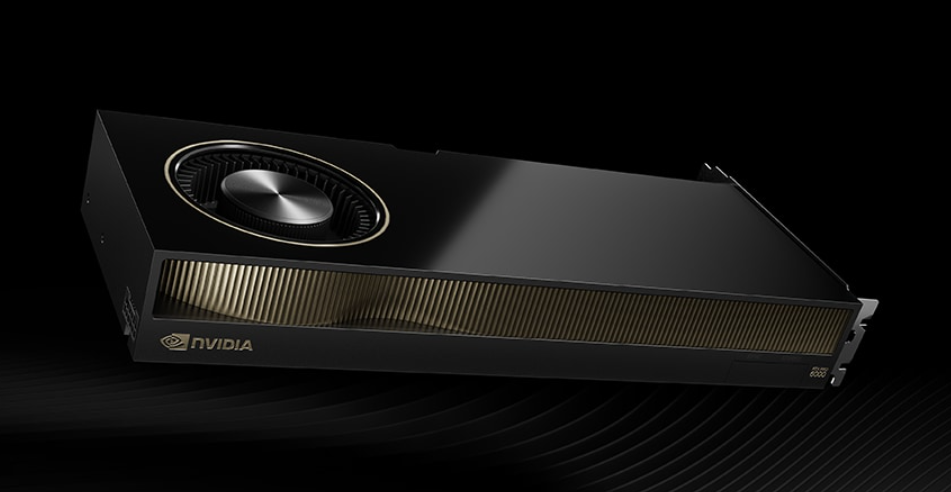
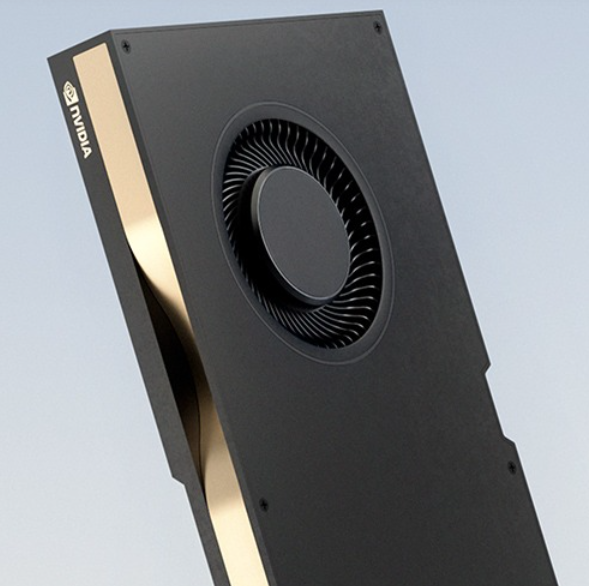
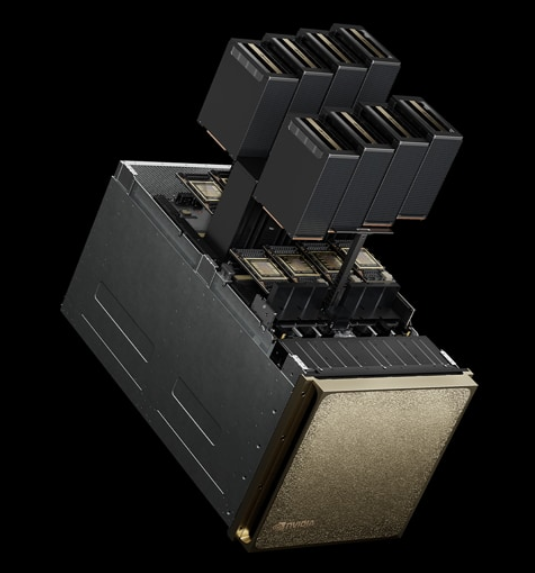
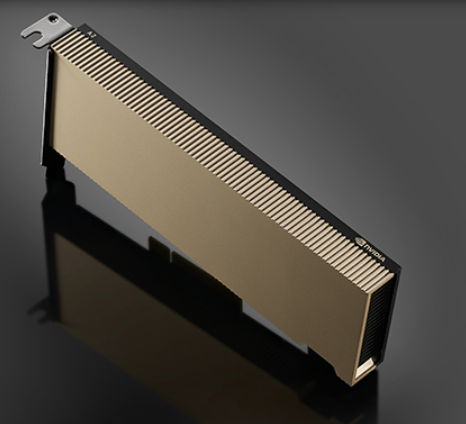
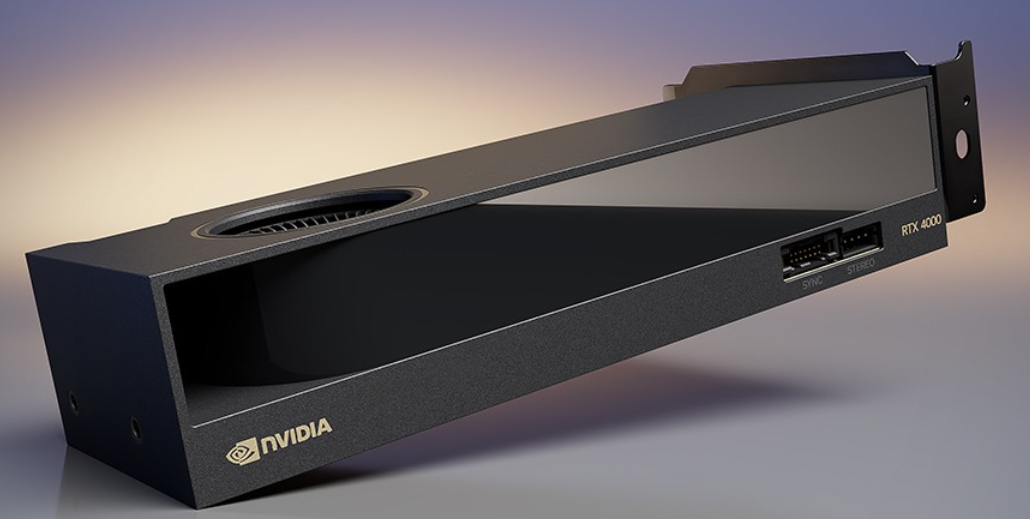
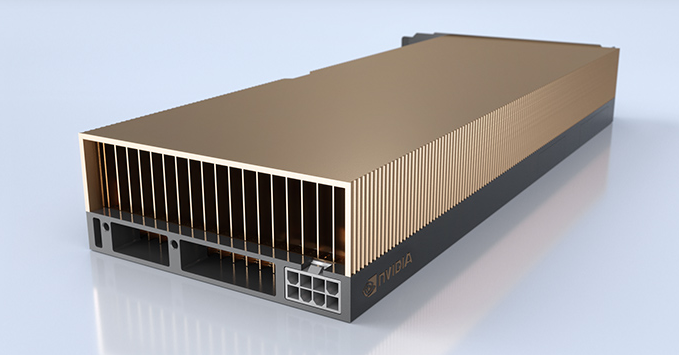
 Gas Turbine
Gas Turbine
 Aircraft parts
Aircraft parts